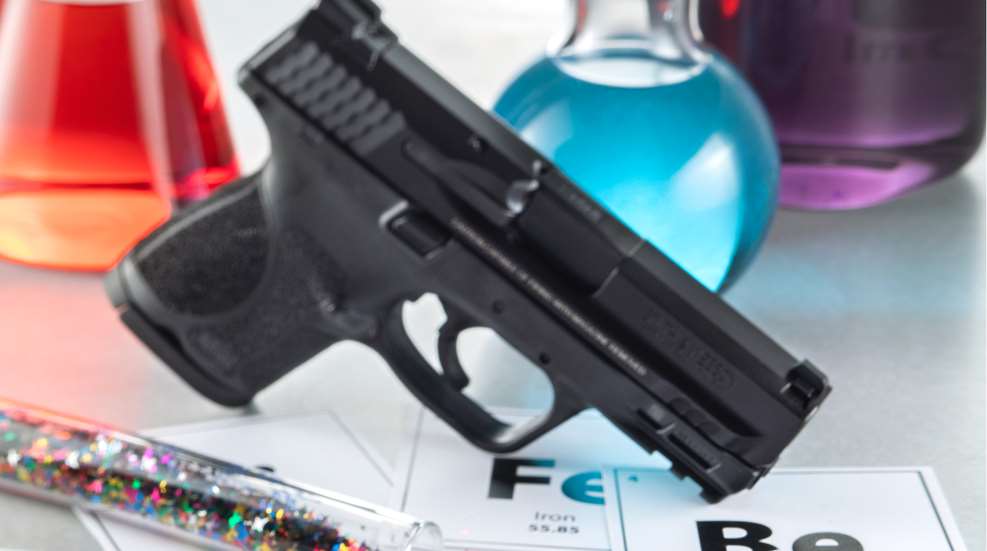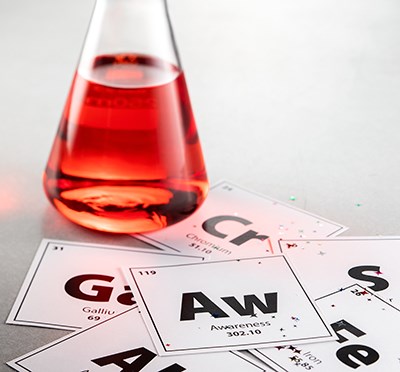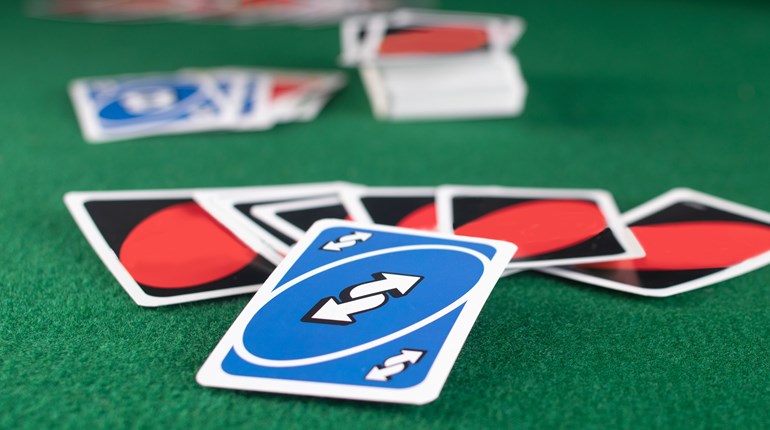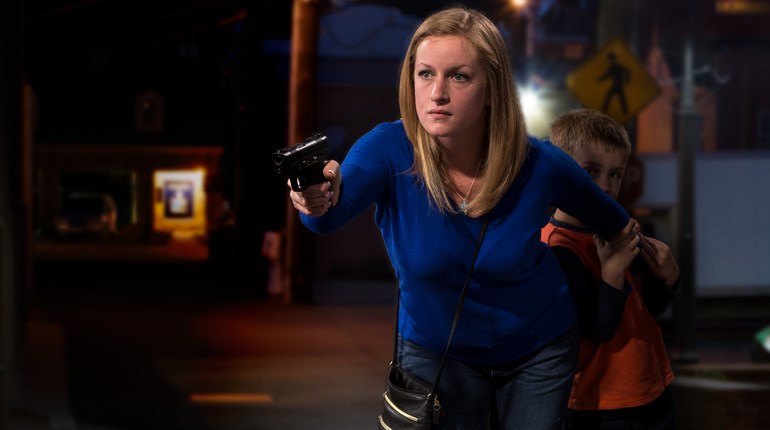
The combat element of surprise has been utilized for thousands, if not millions, of years. The important lesson learned early is that it works. It works for a simple reason: The opposition wasn’t expecting that particular maneuver, weapon or reaction. When introduced to the battle in a contest that may have appeared to have already been decided, surprise—when used correctly—can stun and vanquish a previously confident enemy. Of course, surprise alone is not enough to ensure triumph; it must be used wisely. To do so in private, personal combat, surprise must be executed with speed and purpose. What follows are three important pointers for effectively injecting the element of surprise into your defensive plan.
Experience
As we navigate through our own worlds, we are accustomed to seeing things a certain way, a way we consider normal. When things are not normal, we will sometimes convince ourselves otherwise. We, as humans, go to great lengths to protect our psyche, so telling ourselves that something abnormal is normal is very effective at convincing ourselves of that truth, even when it isn’t true. When we are the potential victim of violent crime, there is this sense that “this can’t be happening to me.” The average person who does not confront violence regularly may have a difficult time accepting that reality. When we try to reason with ourselves in this manner, it is referenced as normalcy bias. It is not a new concept; rather, it has been around for quite a long time. What is important is for you to acknowledge that normalcy bias exists, then practice overcoming its effects by exposing yourself to simulated violent crime.
During my force-on-force courses, it is normal to see many students take time to process what they are witnessing. The role-players are acting out specific roles to illicit a response—namely the exposure to violent crime and the emotions typically associated with that. Now, we are doing this in a training environment, so there is only so much we can safely accomplish. The simulations do a great job, but in the end, they are limited in what they can demonstrate. While it does not have the exact feel of a real violent encounter, for many it is an exposure that can be hard to explain. In these situations, they have to process what they are seeing in order to make the best choice at that moment. The experience many of them take away is, in a way, life-altering. The lessons they learned are taken with them to be applied in their daily lives.
 When students are first exposed to a simulated violent encounter, there is a steep learning curve. Simple things, like effective communication, go out the window. One of the best things you can do is learn how to start a conversation with a stranger. In today’s digital world—particularly after two years of pandemic restrictions and enforced isolation—this is almost a forgotten art. Learning to engage in conversation, to take the initiative and even challenge their intentions will go a long way. I recommend you start out politely. Unless you are well past that stage (see “Awareness” for more), it doesn’t hurt to start the conversation and get the other person talking. If they had set their sights on something, you can sometimes throw a wrench into their gears just by asking them for the time.
When students are first exposed to a simulated violent encounter, there is a steep learning curve. Simple things, like effective communication, go out the window. One of the best things you can do is learn how to start a conversation with a stranger. In today’s digital world—particularly after two years of pandemic restrictions and enforced isolation—this is almost a forgotten art. Learning to engage in conversation, to take the initiative and even challenge their intentions will go a long way. I recommend you start out politely. Unless you are well past that stage (see “Awareness” for more), it doesn’t hurt to start the conversation and get the other person talking. If they had set their sights on something, you can sometimes throw a wrench into their gears just by asking them for the time.
You may experience a sense of denial even when voluntarily participating in a simulation. Many students will reflect and comment how they didn’t think things would go bad that quickly. You can again see the normalcy bias creeping in for some and, while I hate to say we need to be jaded, sometimes cynicism regarding your fellow man is the right call. There is a time and a place to judge people’s appearance and actions. For example, why are they in close proximity to you and what are they doing? A good way to break through this denial is to ask yourself what are they doing with their hands. This tactic not only is important for your safety, it helps you manage the situation better by reminding yourself it is their hands that are dangerous. If their body is saying one thing, but their hands are saying another, you need to take that seriously. It gets even worse if you cannot see their hands. That becomes a big red flag.
As we move about our daily lives, we have the ability to choose our direction, to choose our path. There are times when we don’t have any options and there is a single road to our destination.
Awareness
I’m a big believer in awareness and in doing as much as possible to avoid being surprised. Here we are trying to use the element of surprise to our advantage. A major requirement is for you to be aware; aware of your surroundings, other people and activity. I cannot emphasize it enough, but for you to break out of the normalcy bias will require you to be aware first. When you are caught off guard or surprised, you have a hard time processing the information, and it is normal to revert to more positive thinking—even if that is not the appropriate response. If, however, you were paying attention or, better, not being distracted and can pick up on the subtle clues, you have a great chance of overcoming the bias you may have allowed to play out.
It is very difficult to simulate a surprise attack in these force-on-force courses. Obviously, the student knows something is up. They may not know exactly what, but they know something and are a bit suspicious. The problem is this can sometimes lend itself to a false sense of security. When I brief the scenario, I give enough information for the student to start thinking about the problem. They will sometimes want to know more and, if it has to do with safety, that’s a different story. If they are just trying to get more information about the scenario, however, it kind of defeats the purpose. What can happen is the information they get may be front-loaded and predetermine their actions, versus allowing the situation to dictate action. They tell themselves something like, “OK, there are two bad guys.” Then, when they act, they apply poor target identification because in their mind the second person was also a bad guy. They knew there would be two people and assumed they were both bad guys. When asked to justify their actions, they come up with responses that generally start with “I swear I saw [fill in the blank],” even though they did not, in fact, see that—they assumed they did because that was what they convinced themselves would be the case prior to the scenario.
Positioning
As we move about our daily lives, we have the ability to choose our direction, to choose our path. There are times when we don’t have any options and there is a single road to our destination. Chances are this is not the case in reality; more often we place self-imposed limitations. They can range from “I’m running late today” to “It’s taking longer than I expected” and a whole bunch of similar excuses.
 When we are forced to move about the public, we have similar choices. We can go with the flow in congested pedestrian traffic. There is a degree of safety in numbers, but these numbers can also conceal would-be criminal activity. It is when we move off the beaten path that danger lurks. When we run through certain select scenarios in the force-on-force class, the student is channeled through a corridor. In these situations, positioning is an often-overlooked tactic.
When we are forced to move about the public, we have similar choices. We can go with the flow in congested pedestrian traffic. There is a degree of safety in numbers, but these numbers can also conceal would-be criminal activity. It is when we move off the beaten path that danger lurks. When we run through certain select scenarios in the force-on-force class, the student is channeled through a corridor. In these situations, positioning is an often-overlooked tactic.
Both your position in the corridor and your position as you confront any unknowns can be crucial in a dangerous encounter. Often times, position is used against us when we face multiple threats. A common tactic is for the bad guys to split and either surround you or flank you. Both tactics produce the desired effect, which is an emotional reaction to the superior tactic. It is a tried-and-true old method and it simply works. If forced to be in this situation, your positioning becomes critical. There really isn’t a right answer that will save the day every time, but there is the ability to think your way through the problem. Sometimes, closing the distance to one of the attackers can negate the effectiveness of their flanking tactic. Sometimes, maneuvering to position yourself so the bad guys are lined up is another option.
When you are moving in public, these same tactics are applicable, but now we need to start thinking about cover and concealment. It is ideal to combine our positioning and movement with some form of cover or concealment. Sometimes, just putting something between you and the bad guys is enough. It literally could be anything from a trash can to a chair, or even a member of their own group. There is this notion that only cover can save you. This is true if bullets are flying, but concealment is a huge advantage prior to kinetic activity. To me, my definition of concealment is an object or location that obscures my position, but also something that hinders their access to my position. Just thinking about positions as you carry yourself every day can be a huge advantage. It can even help avoid certain encounters because you avoid common “traps” such as the “dark-alley” scenario. If you can think about position, it not only is applicable to your movement by foot, but any other means of travel in your control.
When driving, we are constantly thinking about our position relative to other vehicles on the road. This is important to ensure safety. You can apply this same concept to many other scenarios. What is the best position when in an elevator, sitting in a restaurant or on a staircase? A lot of these examples are unique and have other conditions that need to be factored in, but you can start to see the importance position has in both avoiding being surprised and even using the element of surprise in your favor. Position can offer you the opportunity to take advantage of surprise by providing quick escapes, backtracks or even superior position to deal with a violent encounter in close proximity.
To best take advantage of the element of surprise, we will need some experience. Experience is excellent in helping mitigate the effects of normalcy bias, allowing us to make more timely and effective decisions. When you are paying attention or maintaining heightened awareness to what is happening around you, it provides you with your greatest tactical advantage: recognition.
When you can recognize danger, you have the chance to either avoid it in the first place or be better prepared to confront it. We sometimes overlook positioning and its importance. If you can create a buffer or place an obstacle between me and the trouble, it can deter a malefactor or even deselect you from being targeted. For the assailant’s attack to be most effective, he or she must exploit the element of surprise. However, if you can repurpose that element to your advantage, you create a much different landscape for yourself.




































